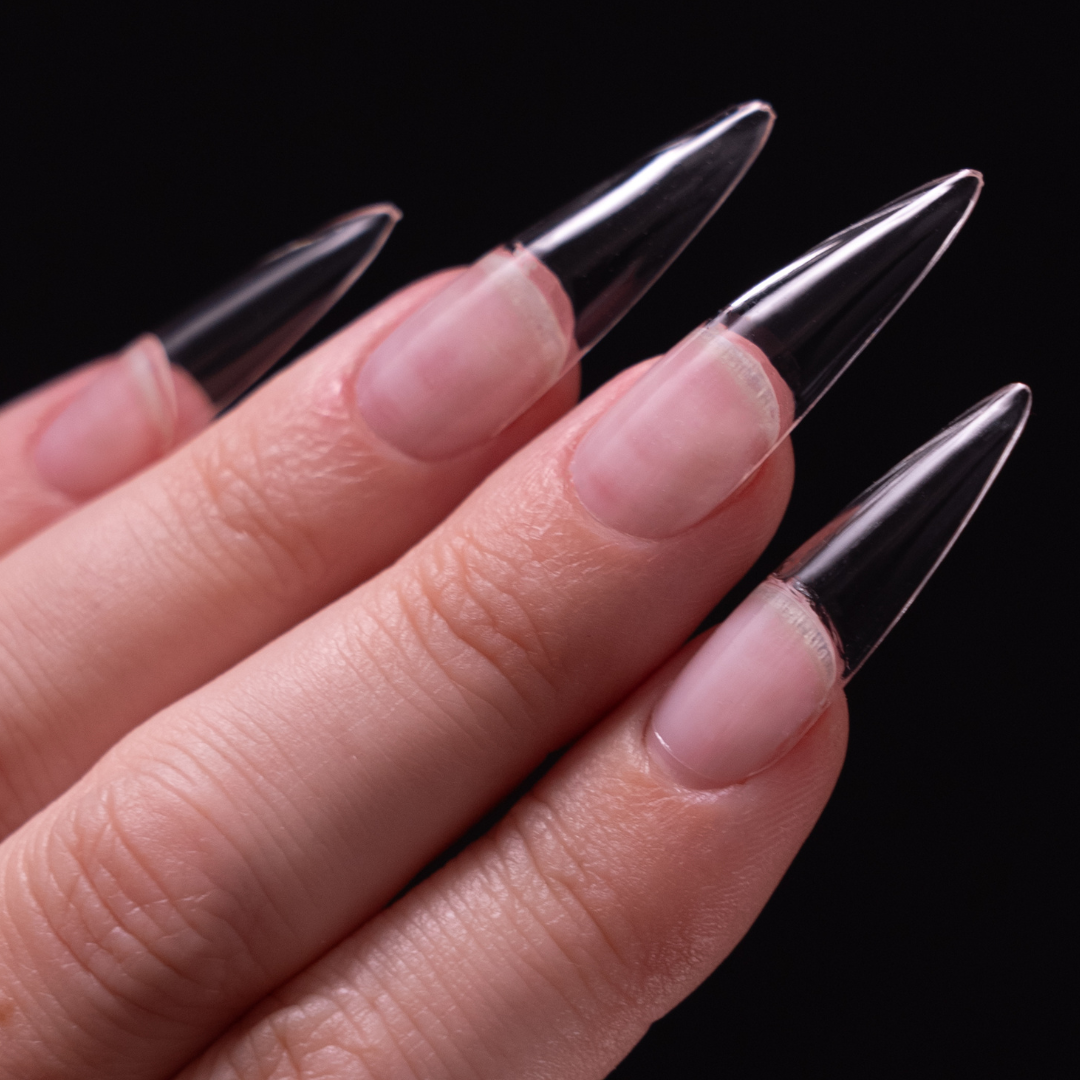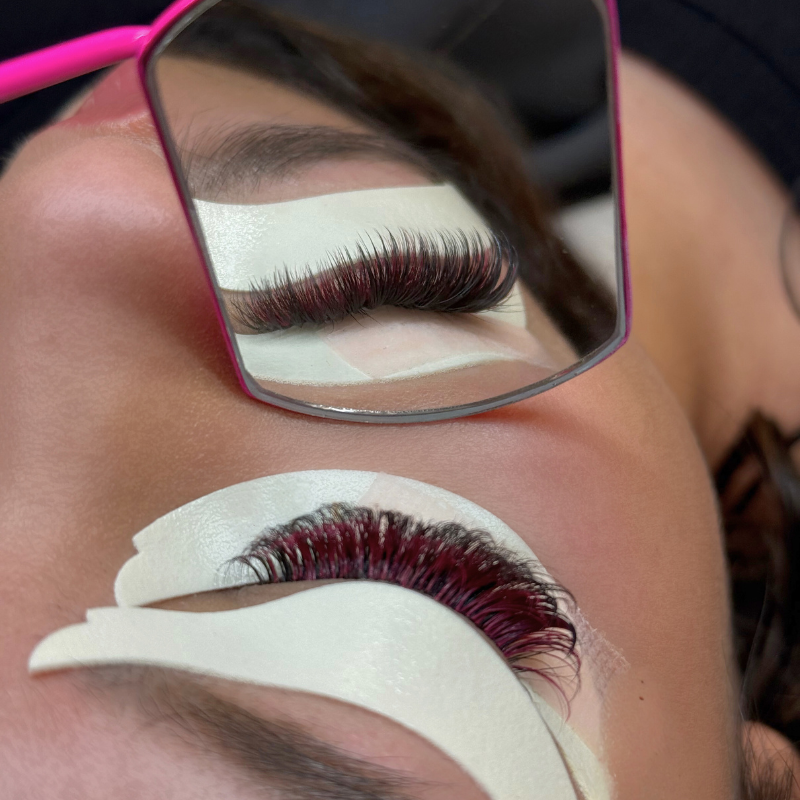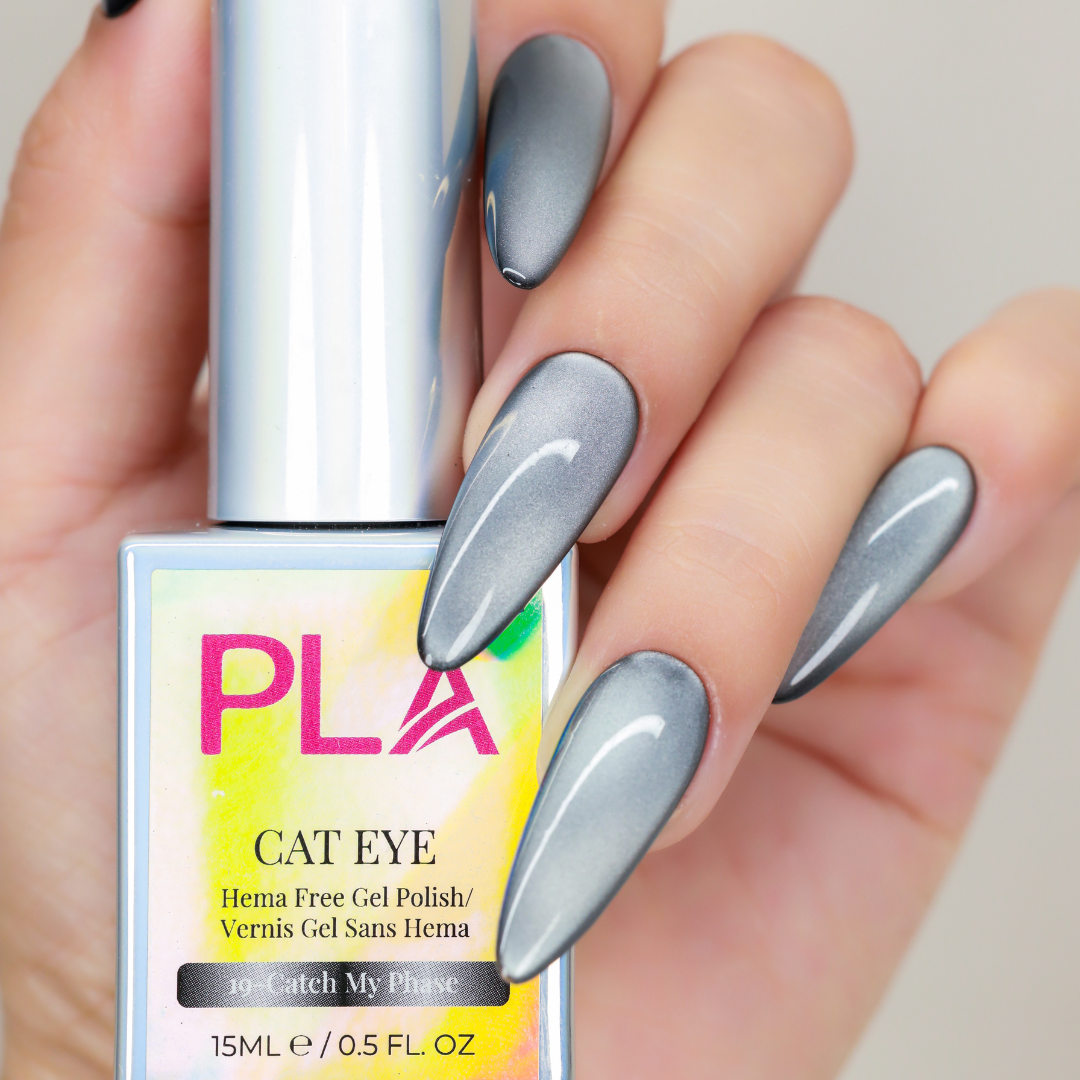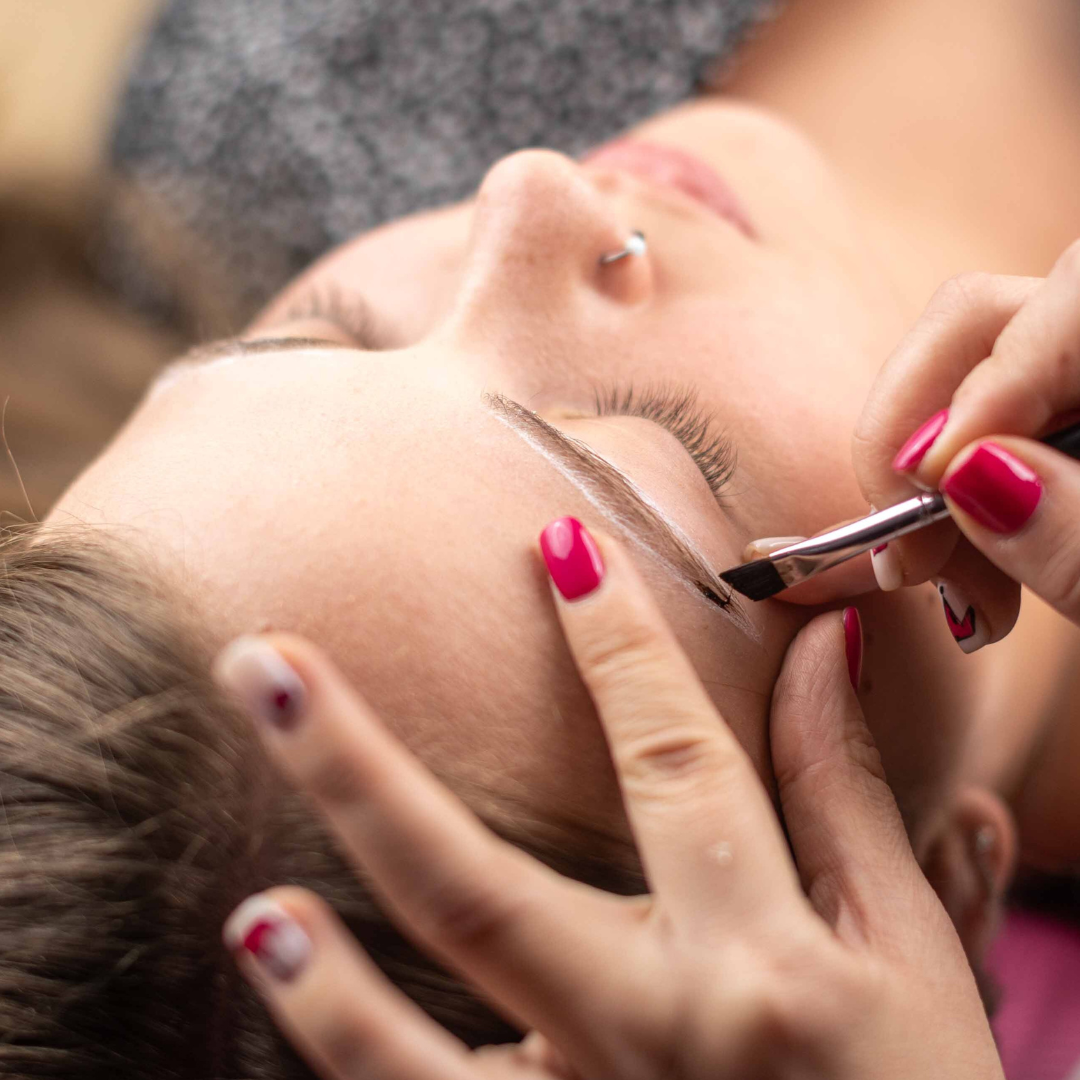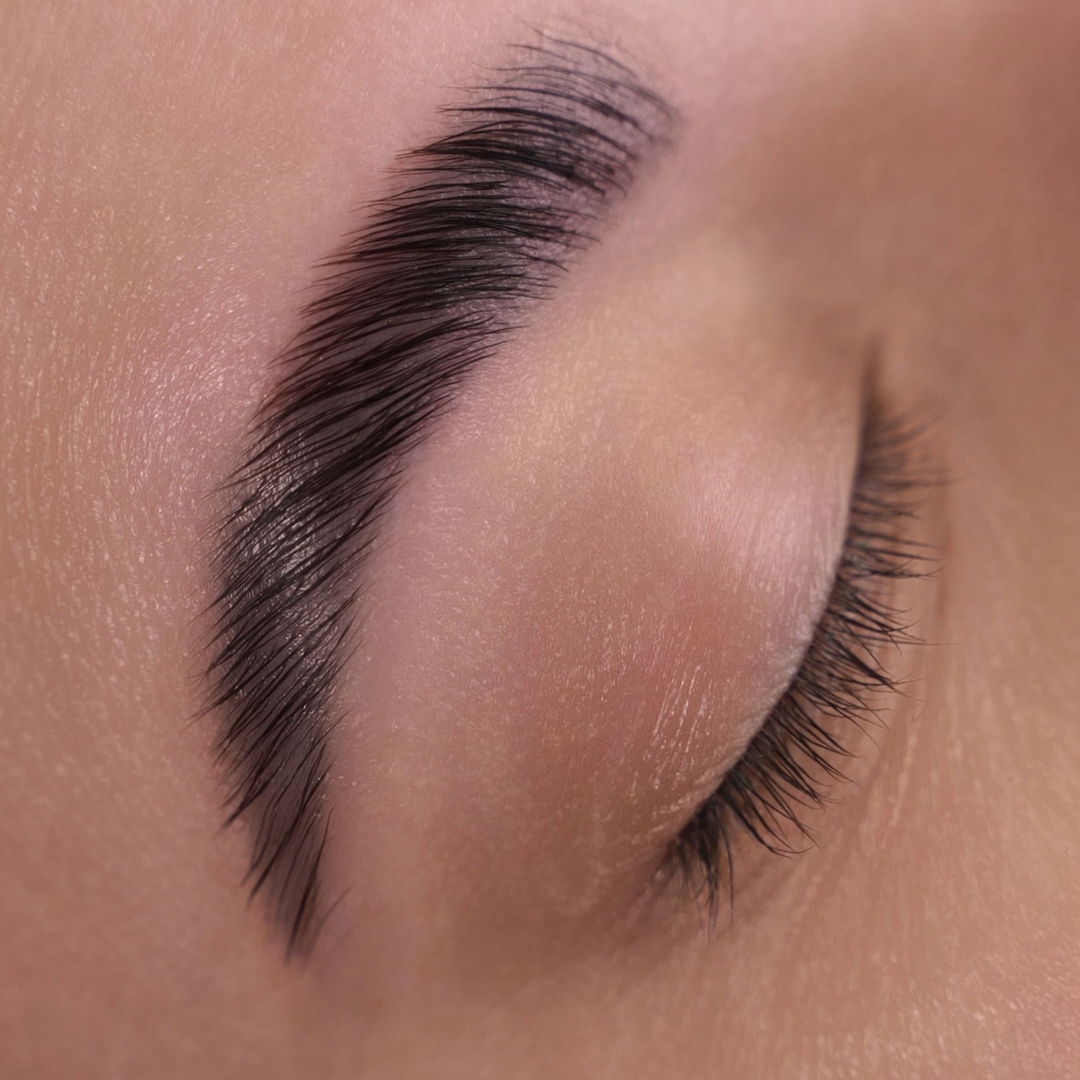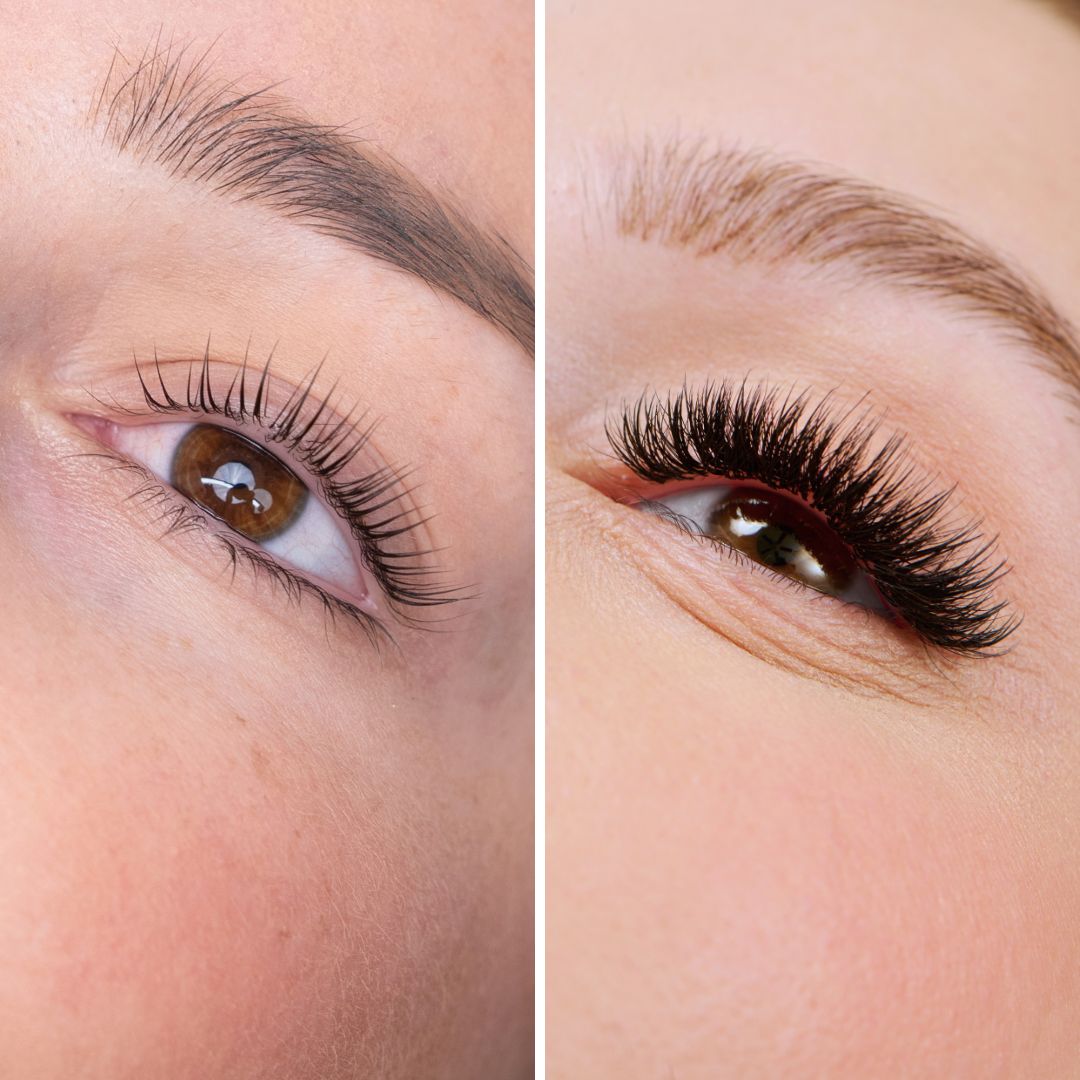Hard vs Soft Gel Nails: Which Extensions Are Right For You?
Ever heard the terms soft gel extensions vs hard gel extensions and wondered, what are these people talking about, and of course, what’s the difference between hard vs soft gel nails?
First, let’s get into the basics of both soft and hard gel nails, what each means, and then let’s get into the difference!
What Are Soft Gel Nail Extensions?
Soft gel nails are any type of nail extension that can be soaked off with acetone.
Under this umbrella, soft gel extensions typically include
-
Full-cover soft gel tips like Pro-X by PLA (gel x nail extensions)
-
Some builder gel, depending on the brand can be hard vs soft gel nails
-
Builder Gel in a Bottle
However, when referring to soft gel extensions, nail artists are often referring to full-cover soft gel tips, like our Pro-X line.
How Soft Gel Extensions Are Applied
Depending on the type of soft gel extension, applications can vary. For full cover soft gel tips like Pro-X, here is how the process typically looks:
-
Of course, prepping the natural nail with buffing, shaping, and dehydrating
-
Size the nail tips to the natural nail to get an accurate fit
-
Apply Pro-X Step 1 - Prime, to the natural nail
-
Apply Pro-X Step 2 - Prep to the underside of the nail tip
-
Applying a thin layer of Pro-X Step 3 - Gel Base to the underside of the nail tip
-
Press tip onto the nail, remove any bubbles and flash cure
-
Once the nail is set in place, fully cure under the lamp
-
File and shape as needed
-
Apply professional nail polish
PLA pro tip: Write down your clients soft gel extension tip size so next time they come in, you can be ready with a fresh set!
Benefits of Soft Gel for Clients and Techs
Soft gel extensions are ideal for
-
Faster service times
-
Lightweight and comfortable wear
-
Easier removal with acetone soak-off
-
Less dust and odor
-
Great for clients who want to add length without heavy sculpting
On the other hand, for nail techs, soft gel allows for efficient, repeatable sets — perfect for high client volume.
Common Issues With Soft Gel Extensions
While soft gel extensions are beginner friendly, there are a few common pitfalls.
-
Premature lifting if the nail is not properly prepped
-
Premature lifting if the gel adhesive is under-cured
-
Premature lifting if the wrong size is applied to the nail
-
Limited strength for extra-long lengths or heavy-duty wear
-
Peeling or cracking if the tip isn’t fully adhered
With proper prep and application, soft gel extensions can last a long time, but they may not be the best fit for clients with very oily nail beds or who frequently use their hands for heavy work.
What Are Hard Gel Nail Extensions?
On the other hand, before we discuss hard vs soft gel nails, let’s get into hard gel extensions.
Hard gel extensions typically include:
-
Builder gel for nails
-
Sculpt gel or Polygel
Hard gel is a sculptable gel enhancement that can be built directly onto the nail over a form or over a tip. Unlike soft gel, hard gel cannot be soaked off on its own. It must be filed down for removal.
Hard gel is known for its strength, structure, and flexibility, making it a top choice for longer nail extensions or customized shaping as it offers better control over thickness, shape and arch.
How Hard Gel Extensions Are Applied
Much of the hard gel application process is similar to soft gel application. It typically involves
-
Prepping the natural nail
-
Applying a base or slip layer of gel
-
Sculpting the extension using the hard gel (on a tip or form)
-
Curing between layers as you build
-
Filing and refining shape
-
Finishing with polish and top coat
Hard gel is ideal for clients and techs who want full control over design and structure.
Benefits of Hard Gel for Clients and Techs
There are a few benefits that come with hard gel for both clients and nail techs. Hard gel extensions offer
-
Maximum strength and durability for longer lengths
-
More control over shape, arch and customization
-
Odorless application compared to acrylic
-
Can self level
Nail technicians can use hard gel to build everything from short overlays to long length extensions, making it a versatile product with durability.
Common Issues With Hard Gel Extensions
The most common challenges with hard gel include
-
Sculpted sets may have a longer application time
-
More advanced technique required for structure and apex
-
Removal requires filing the nails, and is not soak off, which some clients may prefer.
-
Some hard gel formulas have a heat spike when curing, which can cause pain for your clients (NOT PLA’s though!)
Soft Gel Extensions vs Hard Gel Extensions: What’s the Difference Between Hard and Soft Gel Nails?
Now that we know some of the basics around soft gel extensions vs hard gel extensions, let’s discuss the differences between hard vs soft gel nails.
Durability and Strength
One category where hard vs soft gel nails differ is in durability and strength. Hard gel wins when it comes to durability and strength, especially for long or structured sets. While soft gel is still strong, it’s much better suited for short to medium lengths or for overlays, and for clients with lower-impact lifestyles.
Application and Removal Time
Another main category to compare between when it comes to hard vs soft gel nails is application and removal time.
Between the two, soft gel offers faster application and soak off removal, which is ideal for high-volume salons or express services. On the other hand, another difference between hard and soft gel nails is that hard gel can take longer to apply and must be filed off, but does offer more long-term durability.
Customization and Design Options
Another category to compare between soft gel extensions vs hard gel extensions is in customization and design options.
Because of the durability and application of hard gel, it offers unlimited customization, from length, shape, 3D art and even encapsulation. On the other hand, soft gel is somewhat limited to the pre-formed shape and length, but you can still do nail art on top.
Client Comfort and Nail Health
Another topic to compare between hard vs soft gel nails is client comfort and nail health.
Soft gel tends to feel lighter and more natural, and is less invasive to remove since it is removed by soaking off rather than filing or drilling.
On the other hand, hard gel offers better support, which is great for those with weak or brittle nails, but requires careful filing in order to avoid damage during removal.
Cost and Profitability for Techs
As a nail tech, one thing to consider when comparing the difference between hard and soft gel nails is profitability. Between the two, soft gel can be quicker to apply and can be more profitable in high-turnover settings, since you aren’t shaping or sculpting. Hard gel might take more time, but you can charge a little more for custom sets.
Set Yourself Up For Success at PLA Pro Today!
Whether you are offering hard gel nails, soft gel nails, acrylic, nail dip vs gel, PLA has the professional nail supplies you need to support your craft. From nail lacquer vs gel polish to cat eye gel polish, our products are designed for efficiency, clarity and professional performance.
Bringing Our Comparison of Hard vs Soft Gel Nails to a Close
Both hard and soft gel nails have a place in a professional nail menu. The best option when choosing hard vs soft gel nails depends on your clients lifestyle, desired look, and your preferred technique. Whether you value speed, structure, customization, or even all of the above, understanding the difference between hard and soft gel nails will help you deliver better services and smarter recommendations every time.
As a nail technician, whether you decide to offer soft gel extensions vs hard gel extensions, or both, being informed is the number one way to figure out what is best for you.If you love learning about nails and you’re a nerd like us, check out how to apply lacquer nail polish.




